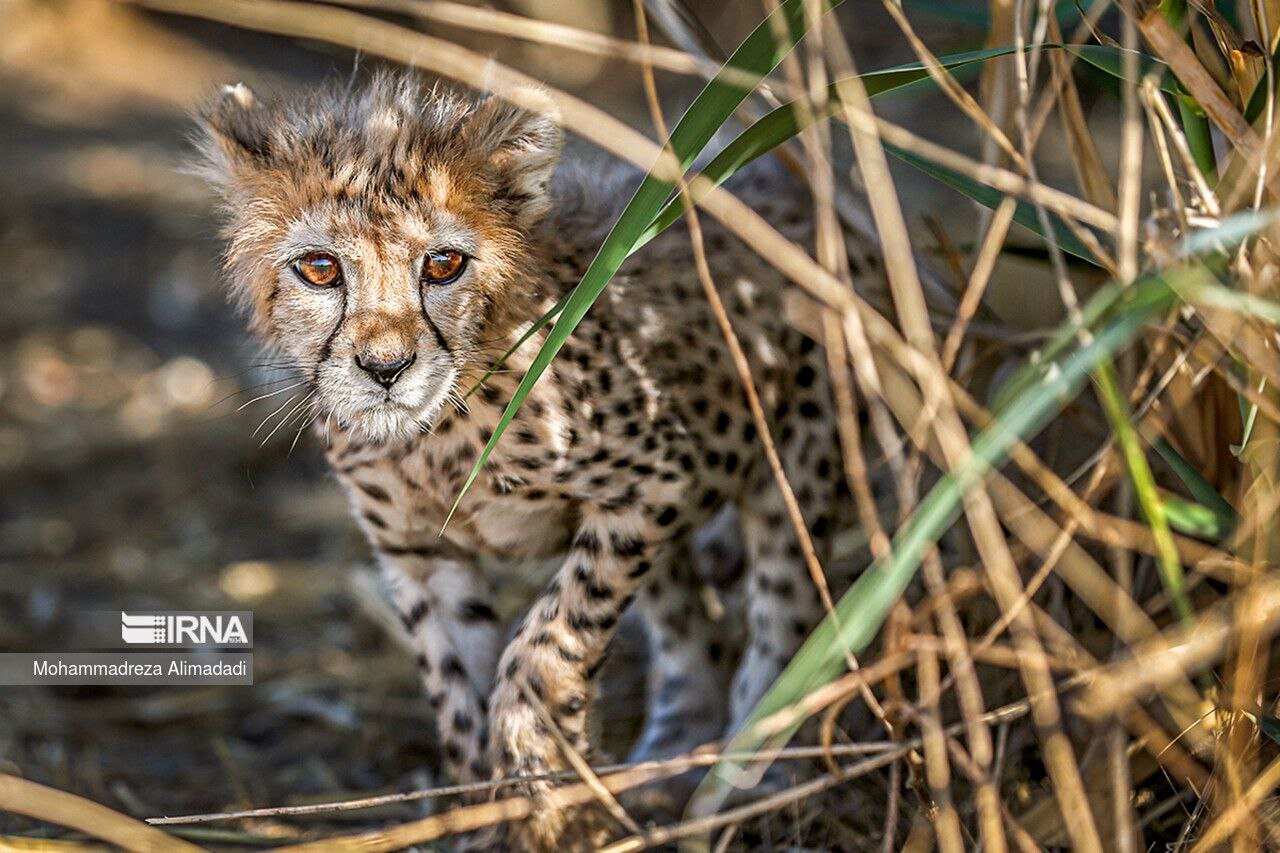Strategic plan to be developed for preserving endangered species

TEHRAN – President Masoud Pezeshkian has issued an order, obligating the Department of Environment (DOE) to develop a strategic plan to preserve endangered species in the country.
According to the latest report by the International Union for Conservation of Nature (IUCN), some 154 species of Iranian vertebrates are critically endangered of extinction.
“The country needs a comprehensive and operational plan in the field of environment that covers different environmental sectors. It must include goals, assumptions, operational measures, financial resources, and results,” IRNA quoted the president as saying.
Iran is a rich country in terms of biodiversity, with about 37,500 animal species and more than 8,000 plant species. In addition, it is home to 579 bird species, 214 mammal species, 284 reptile species, 23 amphibian species, 309 freshwater fish species, and 763 marine fish species in the Persian Gulf, the Sea of Oman, and the Caspian Sea.
Also, some 35,283 species of invertebrates have been identified in the country, out of which more than 32,600 species are arthropods. Over 94 percent of the country’s animal species diversity belongs to invertebrates and less than 6 percent to vertebrates. Insects, with at least 26,800 species, account for more than 70 percent of the country’s total species.
The Asiatic cheetah and the ostrich, whose numbers in nature have dropped to less than 25, are among the critically endangered species. Moreover, there are 5 species of Caspian sturgeon, unique in the world, that are disappearing from the Caspian waters.
According to experts, species extinction is a natural phenomenon, but the speed at which they are disappearing is concerning. Unfortunately, the current rate of extinction has accelerated in the present era due to human activities; it will have serious consequences for ecosystems and the well-being of the planet.
Referring to the country’s biodiversity, Hamid Zohrabi, an official with the DOE, stated, “Sadly, the unsustainable exploitation of biological resources has affected and disrupted ecosystems in several areas.”
The official made the remarks on the occasion of World Biodiversity Day, celebrated annually on May 22.
The DOE is in charge of the Convention on Biological Diversity. The convention’s three main objectives include conserving biodiversity, promoting sustainable use of natural resources, and equal sharing of biodiversity benefits, he said.
The realization of these goals requires local communities' participation. Environmental protection needs to be sustainable, and it has to consider social and economic factors in planning, the official noted.
In terms of water resource management, as one of the most important ecosystems in preserving biodiversity, the situation is not favorable.
Almost a large part of the country’s wetlands have dried up. Many rivers have either dried up or become seasonal rivers, which has effectively caused these ecosystems to lose a large part of their biodiversity preservation functions.
Forest ecosystems are also in very unstable and unsuitable conditions. The forest ecosystems are degrading due to numerous reasons, such as fires and uncontrolled livestock grazing. This has caused pests and diseases to dominate the ecosystem. Soil erosion has increased with sand and dust storms becoming more prevalent.
The first meeting on the development of the strategic plan for the preservation of biodiversity in the country has been held with the participation of experts, and will go on till the plan is finalized, Zohrabi noted.
The International Day for Biological Diversity is celebrated every May 22. The day highlights the inherent connections between people and the natural world through the theme, “Harmony with nature and sustainable development”.
It underscores the need to achieve the Kunming-Montreal Global Biodiversity Framework (GBF) targets to halt and reverse biodiversity loss – interlinked with achieving the 2030 Sustainable Development Goals (SDGs).
On May 7, the head of the wildlife protection office said habitat loss, exacerbated by climate change, is the leading cause of population decline in species.
Climate change is one of the contributing factors to severe destruction of habitats, particularly aquatic ecosystems, which are under serious threat due to drought and decline in water resources,” IRNA quoted Gholamreza Ebdali as saying.
The DOE is taking different measure to protect endangered species to address these challenges and protect endangered species, Ebdali noted.
These measures mainly focused on addressing illegal hunting, boosting international collaborations, as well as developing action plans to conserve species, the official added.
MT/MG
Leave a Comment